Namakaranam
Jata Karma, Namakarana and upanishkramana“Samskara” means cleansing the bad things of someone and preparing him for the next phase in life. The Sanskars are performed for the Mental, physical, behavioral, and spiritual balance and progress of an individual. These ceremonies are vital for a human being to change his mind and means as well as fresh challenges. Jatakarma, Namakarana, and Upanishkramana samskaras are three different ceremonies (samskaras) but performed together after the 10th day. Actually, the Jatakarma Samskara ritual is to be performed at the time of birth, before feeding the child. |
|
| Be ready with these basic materials | This package includes |
| Lamp (Deepam) – 2, Mango leaves – 2 Bunch, Garlands for neck -2, Trays -2, Asanam to sit – 3 | Pandits (Purohits) – 1, We bring All Homa/Pooja materials, Travelling charges extra |
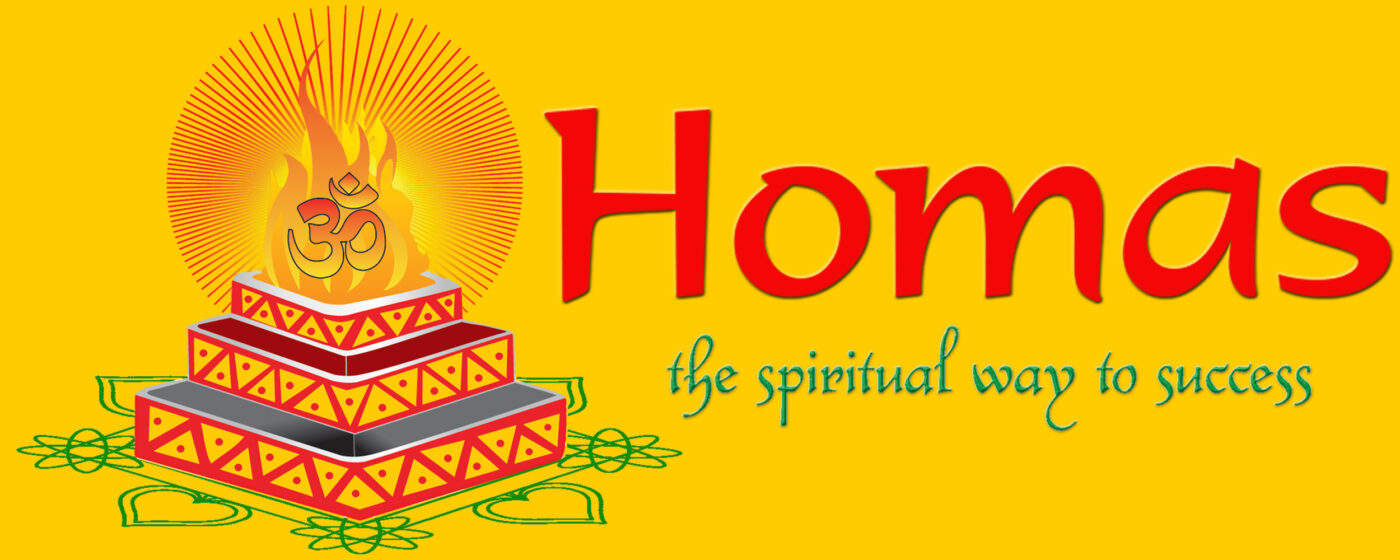
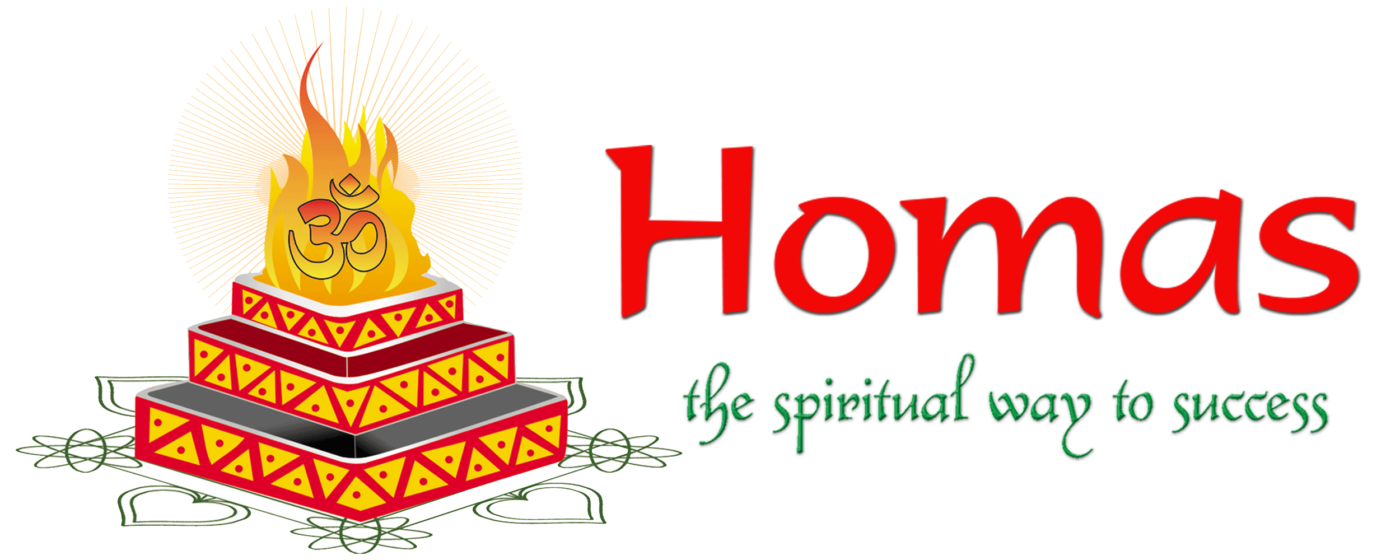
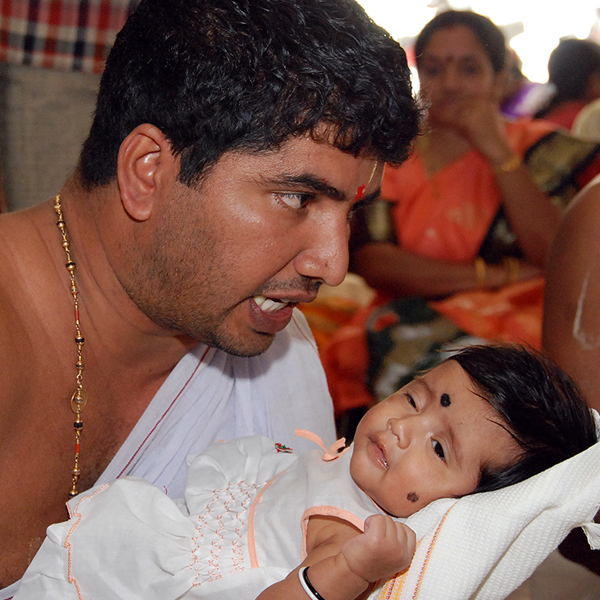



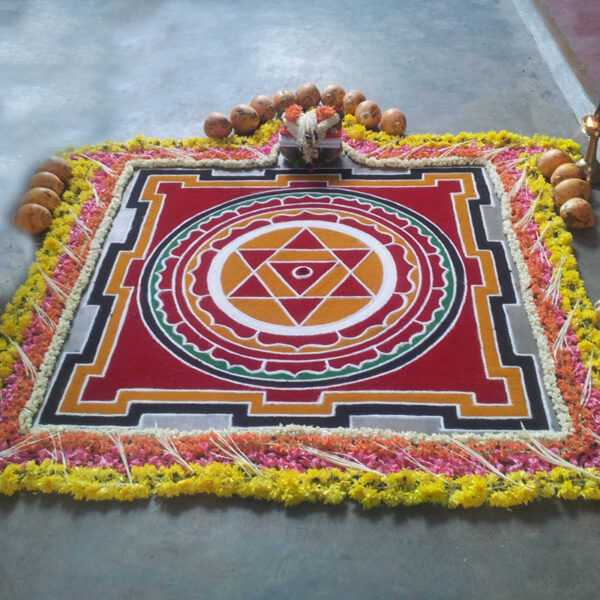
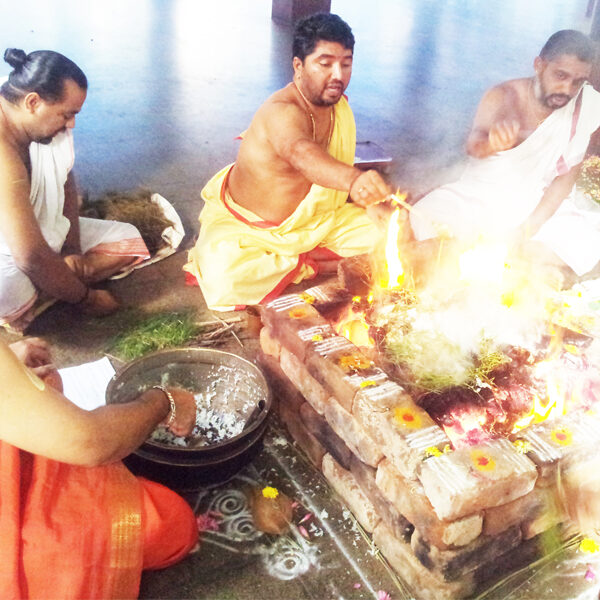


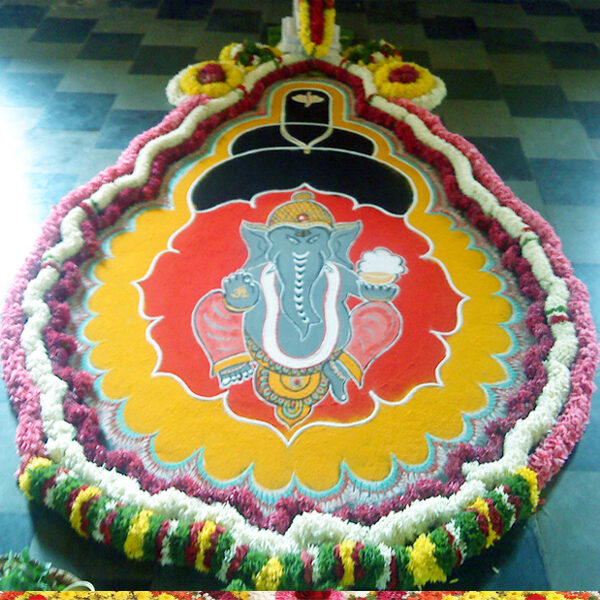


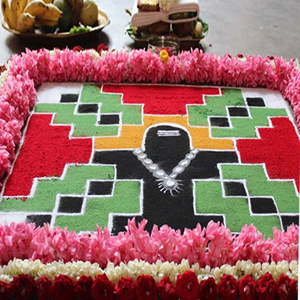


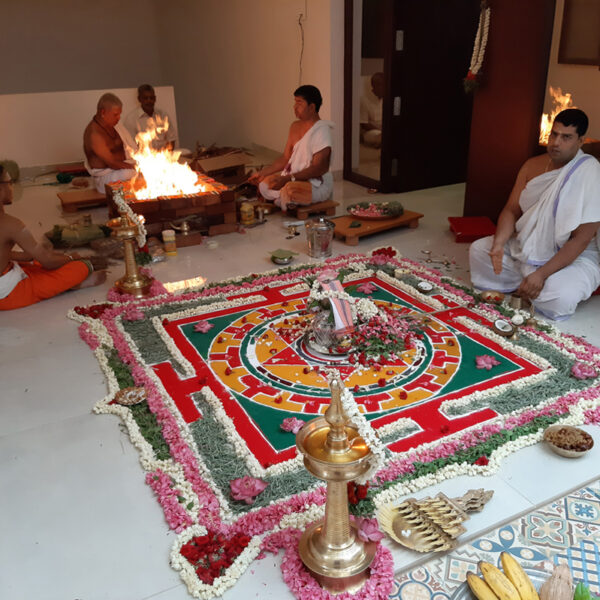
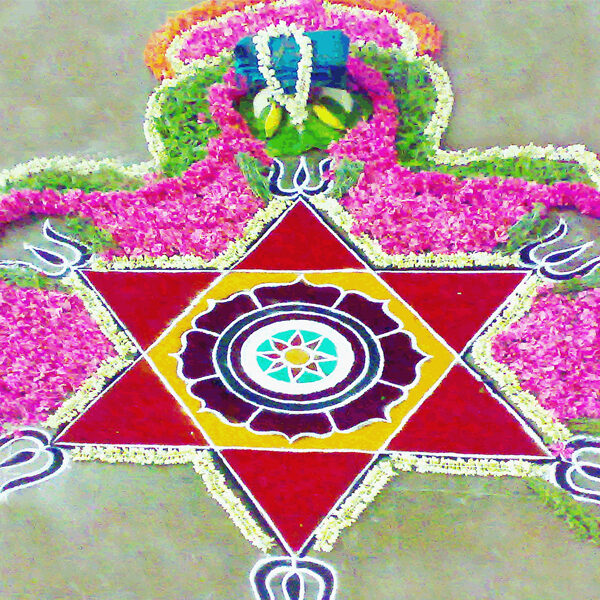

Reviews
There are no reviews yet.